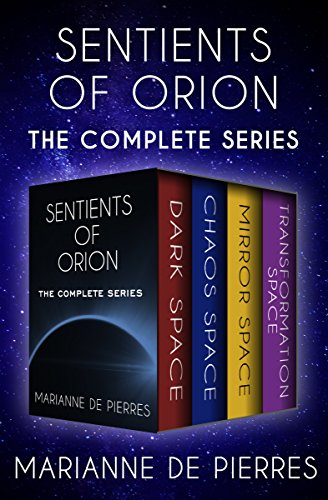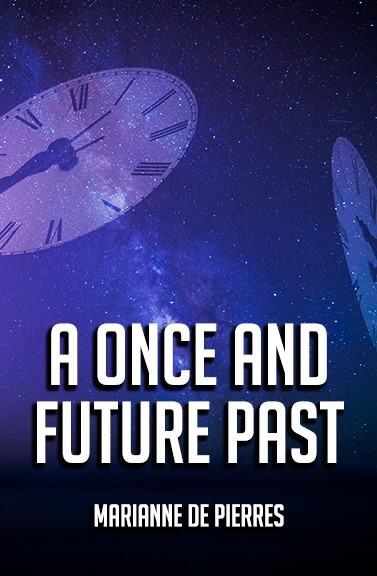Interview by Bec Stafford
1. How did you first get involved in web content and what most excites you about the online video as a medium of expression?
I have been creatively active online since the late 90s; posting my artwork and various defunct music projects on social media sites such as DeviantArt and MySpace. However it wasn’t until 2006 that I discovered YouTube.
What excites me about online video is the self-production and broadcasting element that empowers individuals to bypass old media networks to get their content to a worldwide audience. The interactivity between producer and fans is also something that I think makes sites such as YouTube and Vimeo far superior than television.
2. Can you tell us a few of your all-time favourite online videos or projects and why you like them so much?
My favourite online videos/projects include “Sebastian’s Voodoo” by Joaquin Baldwin, which was chosen as “Grand Winner” for the 2008 Aniboom Awards. I am also fond the cutting wit of Jonathan Ian Mathers’ “Neurotically Yours” series, and anything by Lowbrow Studios. On YouTube, I’m an avid fan of Freddie Wong. As you can see, I love online animation and special effects.
3. How important is a sense of community for online artists and what changes have you seen occurring in collaborative content over the years? What are some of the more innovative ways you’ve encountered, in terms of video makers sharing their work and/or collaborating with other artists?
A sense of community for online artists is very important, I feel. They are social creatures by nature, who – more often than not – prefer to collaborate with like minded individuals in productive and artistic ways. Collaboration is extremely prominent on platforms such as YouTube and Vimeo, with online video makers making appearances in each others videos. Innovative collaborations I have seen include online films that were shot and assembled in different parts of the world by different people. Another would be the transglobal contribution and participation of free education by YouTube channels like Khan Academy. Although both examples may not be technically groundbreaking, they are definitely helping to redefine what we consider the norm in production and distribution of information.
4. Aside from being our local awards, how do the Australian Webstream Awards differ from other international awards, such as the Webbys, and what inspired their creation?
The AW Awards differs in the sense that is a non-profit organisation (all our funds are channeled into production costs); its judges are chosen for their diverse backgrounds in the Arts; and it is openly collaborative by nature. We have recently partnered with the Gold Coast Film Festival and the up-and-coming Pythia Festival, to bring traditional filmmakers into our world of online entertainment and to share and hopefully inspire each other.
This award ceremony was inspired by fans of online video entertainment. We are also quiet fond of the The Streamys in the States and thought there had to be something like it here in Australia.
5. The AWAs have called for nominee submissions from content makers and the general public. Besides your website, how are you getting the word out about your inaugural event?
I have only recently got back from Sydney’s VIDinc 2013 the Sunday night just gone. It was an amazing experience. Having a media pass, we were able to interview big Aussie YouTubers and promote the award ceremony. Other than interviews (which is an ongoing process), we have been contacting non-YouTube personalities from the mainstream (e.g. Marianne, Andy Ryan, Matt Hoyle and Leon Hill) to help spread the word to their friends and fans. So far their shout outs have been helping to draw attention to the event.
6. How is Australia viewed in terms of online video making, and how big is the genre here at present?
Australian online video makers are very popular in America and Asia: a lot of YouTubers I have spoken to have said that their views mostly come from those two parts of the world. So, I suspect we are doing something right to have the interest of such large populations. Filmmakers such as Mike Hoath – a Western Australia lad who won Sony’s “Django Unchained” Aspiring Movie Maker Contest early this year – have also caught mainstream attention from the States for their online videos. From these factors, plus the huge attendance of VIDinc, I’d say the genre is quiet big here in Australia.
7. What advice would you give novice video makers who are keen to make their mark in the field?
The best advice I could give up-and-coming online video makers would be to keep shooting and editing as often as you can; learn techniques from those already doing it; network and collaborate with these people; and don’t ever give up. Another good tip is to find your area of interest or niche and focus on that. Experimentation and diversity is good; but consistency and branding is also important when it comes to promoting your content online. Patience is key. It takes time to hone your skills, tighten your production, and build an audience. Also, listen to constructive feedback from your viewers and ignore the trolls!
8. Why do you think people are so interested in DIY, experimental video and what trends are you seeing in terms of audience feedback and interaction?
DIY videos are the new classrooms of the future! Everyone I know – including myself – have used YouTube tutorials in their day-to-day lives for one thing or another. Whether that is an everyday task like how to cook your favourite dinner or something more intricate like video special effects, DYI has helped educate a whole new generation of people for the cost of an internet connection.
The popularity of experimental videos – especially via social networking apps like Vine – is due to a lot of factors. Some being: they are easily accessible to the global online audience (whereas in the past, old media such as television networks would restrict and regulate the airing of such content). A lot of experimental videos – which the mainstream media would deem outlandish and not appropriate – ironically are the viral videos that have generated millions of views.
Audience feedback and interaction with content makers is definitely an influential element in online video making. Just like Nielsen Media Research’s ratings for traditional television, online video makers always have their eyes on the Like and Dislike ratings and comment threads of their videos. However, unlike traditional television, online video makers can continue making content even if they are receiving dismal ratings and hateful comments. You can still be a “successful” YouTuber if you can get high traffic, regardless of the thumbs down.
Trends with audience feedback is polarised; there will always be fan encouragement and troll attacks. On the flip-side, a trend for content makers is including Q&A or “my favourite comment of the day” segments in their videos to build a stronger connection with their audience.
9. With such an enormous volume of online content streaming through the web each day, what makes a video stand out from the pack or even become viral?
The age old question. Viral videos are thought to be untamed beasts. However, there are social media experts out there who follow these waves for years. Time did a quick video on viral videos and companies unravelling the “science” behind them:
Production quality is aesthetically important; but not a necessary element for viral videos. My ambiguous answer would be this: something universal. If it makes us laugh, awes us or makes us feel warm and fuzzy inside with an urge to share it with our friends then I think it has big potential to go viral.
BIO:
John Green has worked in independent film on-and-off for almost ten years. He has also sung in a couple of bands as well. John is the founder and director of Age of the Sun Productions, which is about to host Australia’s first online video maker award ceremony: the Australian Webstream Awards. When he isn’t surfing YouTube and catching up on his favourite shows, John spends most of his time planning and writing the script for his first feature.



































